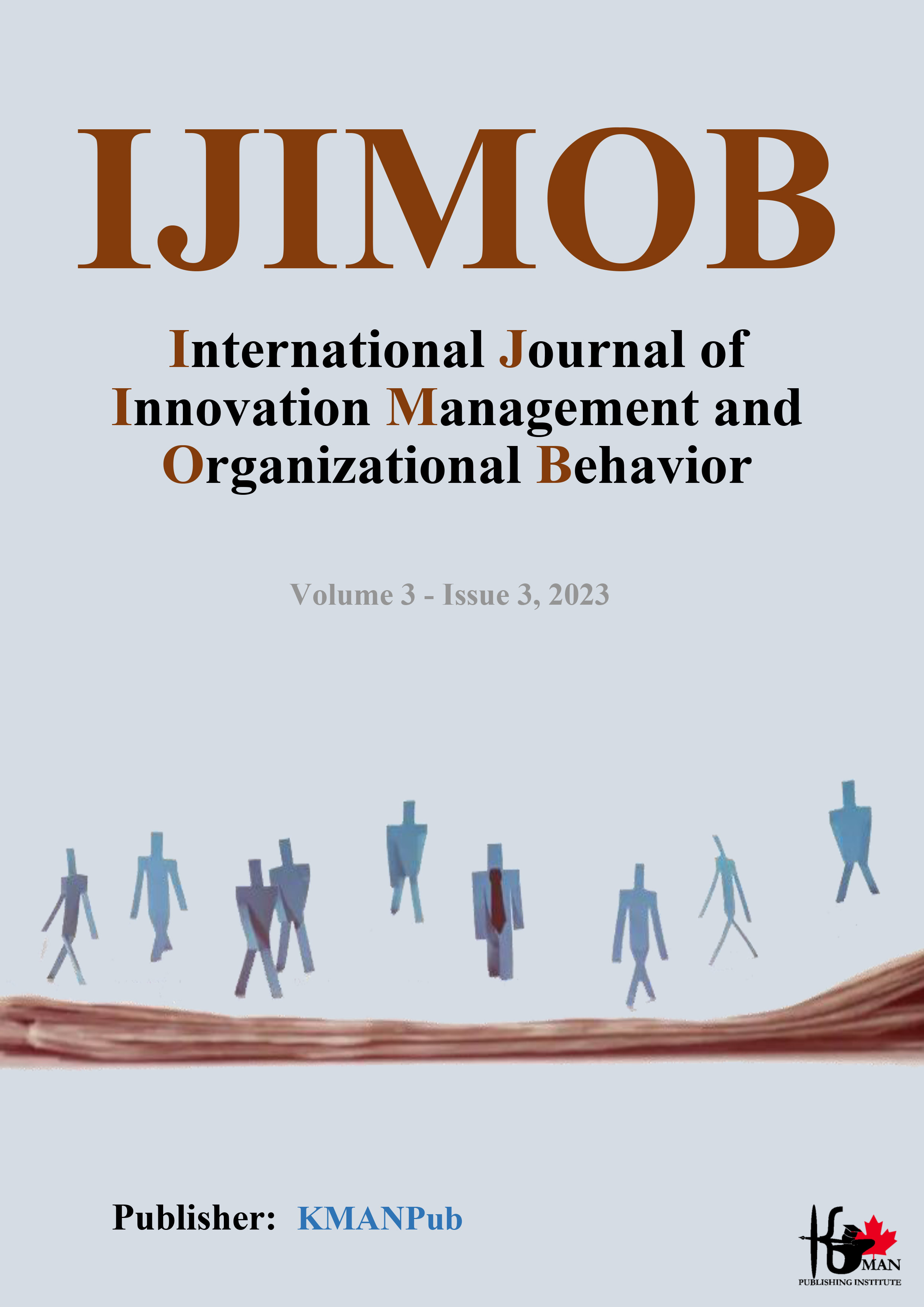Presentation of a Conceptual Model for Central Bank Supervision over Banks with a Grounded Theory Approach
Abstract
Objective: The aim of this research was to present a conceptual model for Central Bank supervision over banks with a grounded theory approach.
Method: In this study, the grounded theory research approach based on parametric methods is employed. The statistical population of this research comprises experts and professionals in the field of central banking, capable of providing valuable information to the researcher. Sampling in this research has been conducted purposively. For this purpose, the qualitative samples of this research consist of 15 experts and professionals knowledgeable in the field of central banking. Data analysis of this research has been performed following the procedures of Strauss and Corbin (2011) at the Central Bank.
Findings: According to the findings of the current research, factors such as government ownership in banks and changes in bank ownership, the impact of general economic conditions, the role of governance and government in supervision, government intervention in decision-making and management of the banking system, and the necessity of consistency and unity of approach in supervision are influential as intervening conditions on the strategies of the supervisory model. Further, the readiness of managers and experts in the banking system to accept the model, creating economic and social conditions meaning stability in the economic situation based on macroeconomic variables, attention to the characteristics of the banking industry as intermediaries in allocating surplus resources of some economic sectors to others in need of financial resources, and defining a suitable position for the supervisory institution in terms of ensuring the independence of the supervisory body, and providing sufficient authority in supervision were contextual conditions. Then, strategies for the success of the supervisory model were presented, including the identification and assessment of major risks in the banking industry such as credit risk, liquidity risk, market risk, and operational risk, in terms of structure and risk management methods, related analyses, and their impact on the future outlook of each bank's activities.
Conclusion: Strategic analyses regarding the distribution of granted loans, commitments, investments in affiliated companies, and the status of bank reserves, assets, and collaterals, and the presentation of precautionary plans during economic shocks or potential crises are among the strategies of each bank.
Downloads
Downloads
Additional Files
Published
Submitted
Revised
Accepted
Issue
Section
License
Copyright (c) 2023 Hamzeh Zohrabi, Ali Raeispour, Yusuf Mohammadi-Moghadam, Ali Akbar Ahmadi (Author)

This work is licensed under a Creative Commons Attribution-NonCommercial 4.0 International License.
















